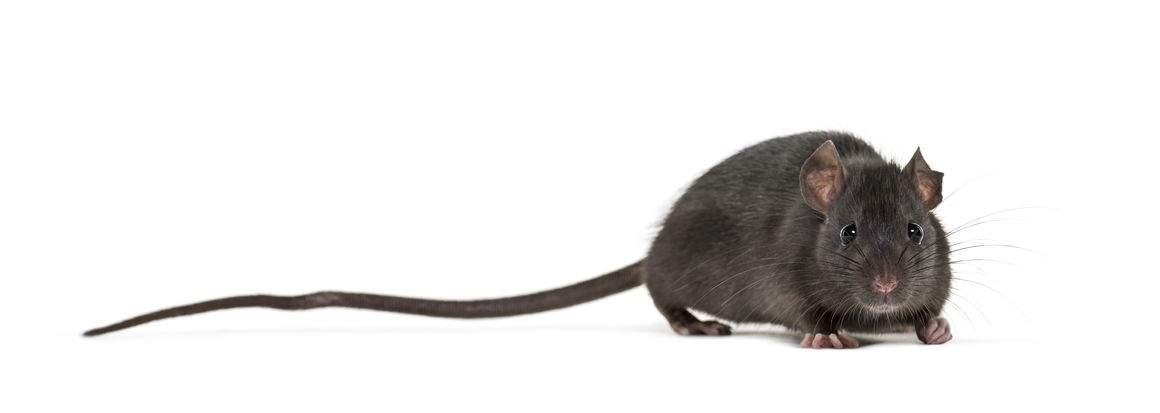Cooler temps often force rodents to seek shelter inside our homes, sheds, and even in our cars! According to the National Pest Management Association (NPMA), winter is a prime season for rodent infestations with more than 24% of homeowners – 21 million homes – reporting mice infestations specifically in the winter. Aside from being a nuisance, rodents can cause damage to home, property and even your health!
Rats and mice are known to spread more than 35 diseases. These diseases – hantavirus, Lymphocytic choriomeningitis (LCM), plague, tularemia, to name a few – can be spread to humans (or pets) directly through handling of live or dead rodents, contact with rodent feces, urine, or saliva, as well as rodent bites. Diseases carried by rodents can also be spread to humans or even pets indirectly through fleas, ticks, or mites that have fed on an infected rodent.
Rodent droppings can trigger allergies and transmit food-borne illness such as salmonella. In addition, mice are capable of dropping up to 25,000 fecal pellets each year, an estimated 70 times each day. Consequently, prevention and prompt removal in the case of a rodent infestation is key.
In Arizona, pack rats and roof rats are among the most common problem rodents. Pack rats (also called “wood rat”) build a specific type of nest that resembles a messy bunch of twigs, leaves and other “collectibles,” usually found at the base of cacti or trees or in empty structures.
Roof rats are one of the main rodent populations that need eradicating in Arizona, spending 90 percent of their time off the ground in trees and vegetation. They eat fruits, nuts, bird seed, dog and cat food, and any food debris they can find. They nest in rafters, soffits and other high locations, although in warm climates like ours, they will sometimes burrow in the ground. According to the University of Arizona, some of the signs of roof rats are:
- Smudge marks around higher areas of a structure, caused by the dirt and oil from their fur
- Scurrying sounds in the attic at night (roof rats are nocturnal creatures)
- Nervous or excited pets
- Discovery of a sizable food stash
- Remnants of hollowed-out citrus fruits, just the rind and/or skin
Prevention is key. You can thwart rodents from getting into your home by sealing or closing entry areas; remember, a rodent can squeeze through a hole the size of a nickel or dime so make sure your openings are sealed tight. Rats and mice are always looking for food and they are going to take the path of least resistance to get it.
It is wise to eliminate all possible food sources and nesting areas. Make sure landscaping is properly maintained, including keeping trees trimmed back from touching or hanging over the home or building. Other important preventive measures are to repair trash and dumpster bin lids (and keep those bins closed), pick up fallen fruit, and keep pet food inside when it is not feeding time.
If rodents are taking a bite out of your serenity, it’s time to have a pest professional inspect your home or business.












